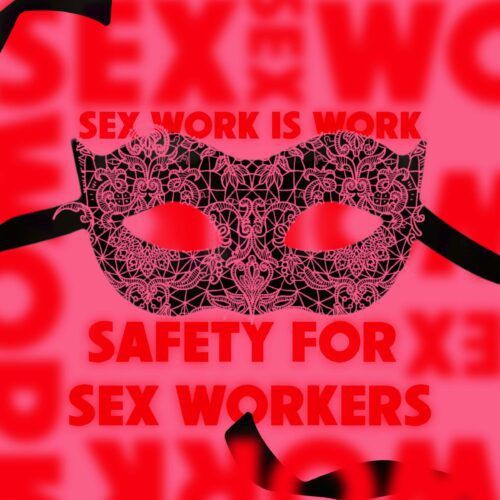Brown noise, youths threatened by noise and the bass that rules the dance floor
More than one billion teenagers and young adults worldwide could be at risk of hearing loss from using conventional ear and in-ear headphones and attending loud music clubs. 24% of 12- to 34-year-olds listen to “dangerously high volume” music on their devices and visit noisy places. Researchers from, among other institutions, the University of South Carolina in the USA analysed 33 studies from 2000 to 2021, covering just over 19,000 people. According to the WHO, more than 430 million people of all ages currently have impaired hearing.
Red noise ( Brown noise) is a deep, static rumble, such as the low roar of a jet engine, thunder of a thunderstorm or wind. This sound has become popular among people with attention deficit hyperactivity disorder (ADHD) as a way to focus and relax. However, there is no scientific evidence to support this phenomenon. Instead, several studies suggest that a similar sound, called white noise, may improve cognitive function and concentration in people with ADHD.
The best incentive for a person to dance is a strong bass, even when it is so low in frequency that the dancer cannot hear it. In an experiment by researchers from, among other institutions, McMaster University in Hamilton, Canada, the subjects danced more vigorously and made exaggerated movements, even when they could not hear very low frequency (VLF) sounds coming from special loudspeakers. It is likely that VLFs are picked up by mechanoreceptors on the skin and in the human body and the vestibular system in the inner ear.























